CBA created the identity and brand design for Purina Beyond that launched in 2014. Nearly five years later, Purina Beyond has grown to be a key player in natural cat and dog food.
With this success of Purina Beyond, new entrants – especially private label store brands – crowded the shelves with packaging that shared many of the natural food design codes that made Purina Beyond so distinctive.
Setting the standard by translating traditional natural food codes into the growing category of natural pet made Purina Beyond unique at the time of its launch. It was time to disrupt the category again and CBA was tasked to address the competitive threat and reinforce the position of Purina Beyond in the market.
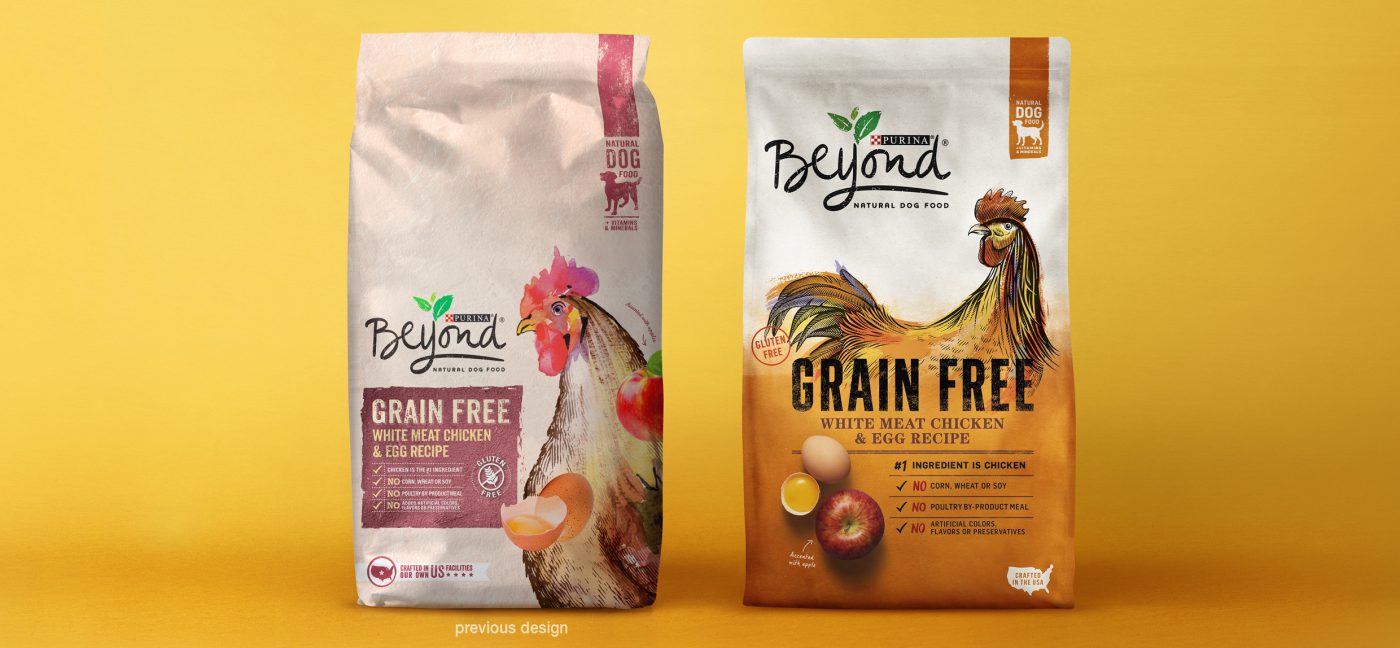
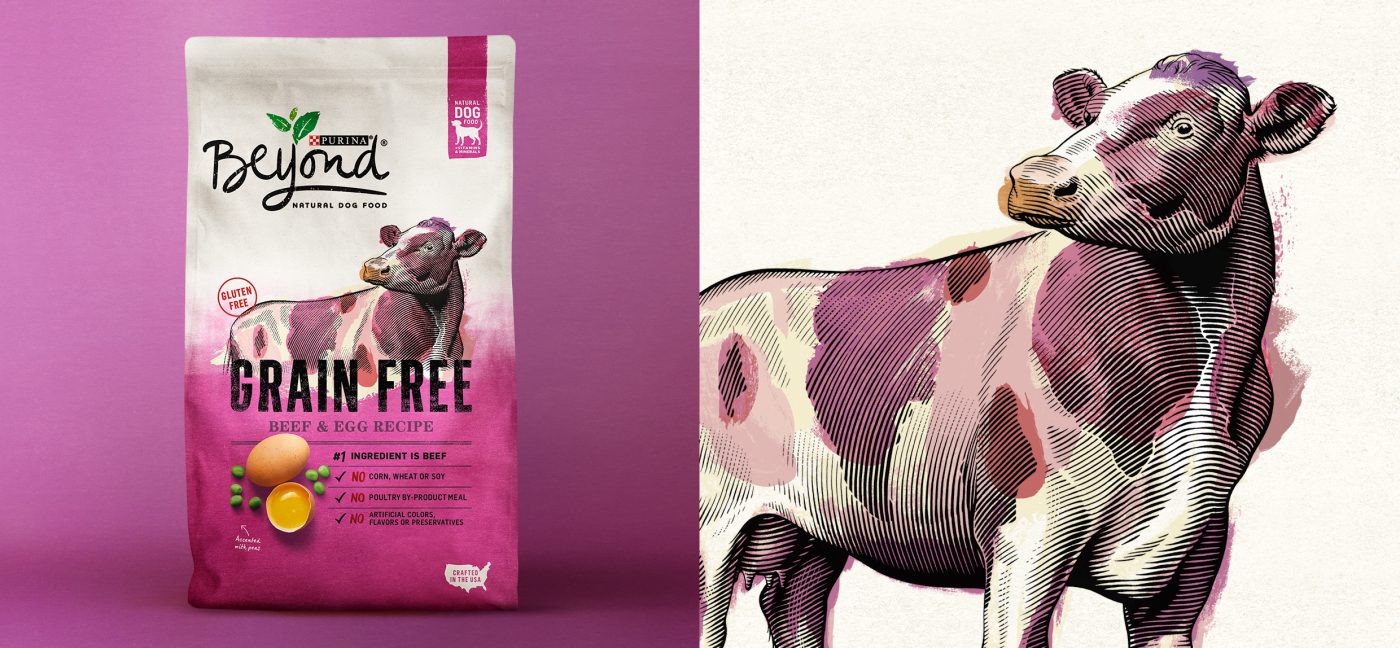
To help consumers make sense of a growing portfolio and prepare for future growth, we developed a new product performance/price tiering brand architecture strategy to make it easier to find the right product/recipe for their pet. At the same time standing out, boldly and proudly, was our approach.
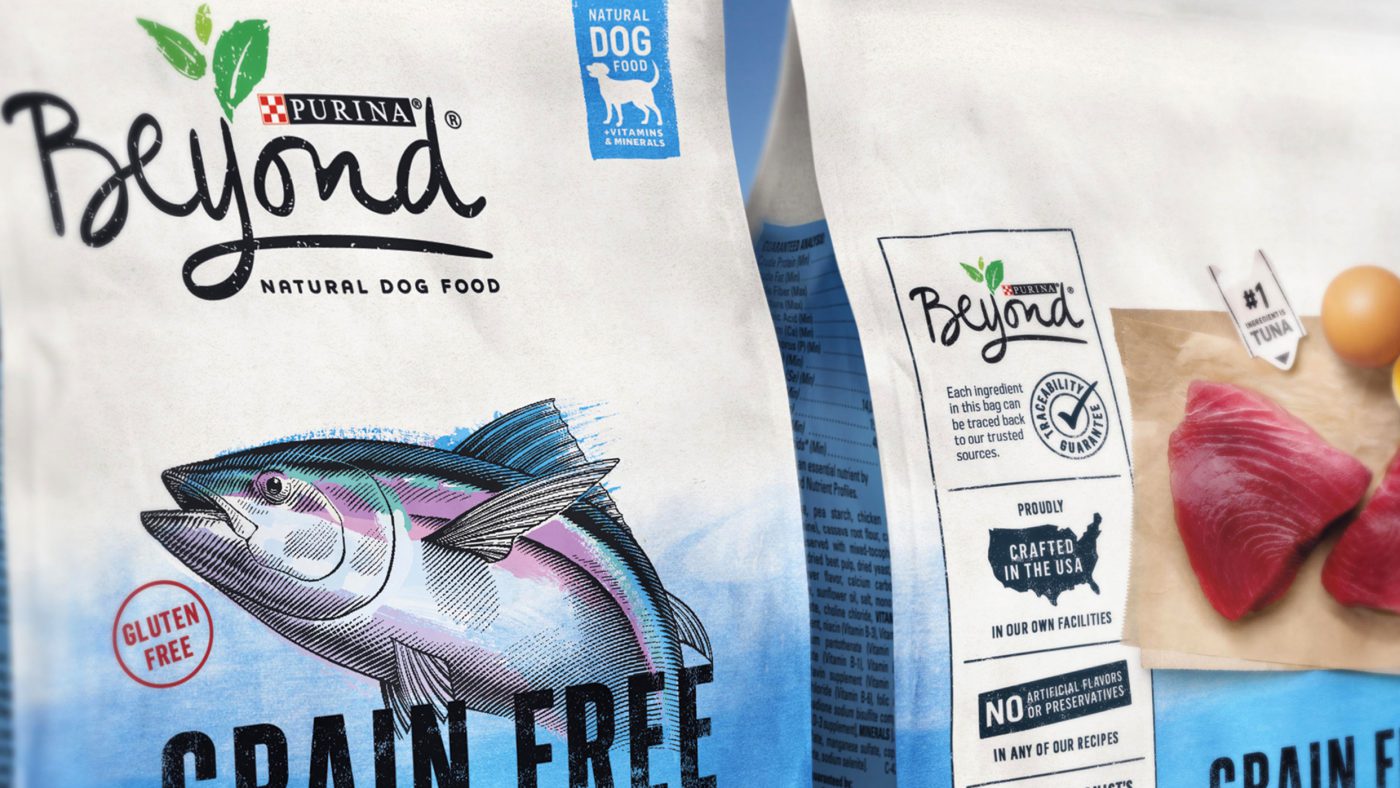
We disrupted the category again by introducing a “New Natural” design language with vibrant colors, strong contrasts, and new textures, while also strengthening the equity of the Purina Beyond signature scraperboard illustration style using new active animal poses and the introduction of more dynamic, colorful brush strokes. The handcrafted approach also extended into adding hand-written touches to the brand hallmarks and other recipe-specific messages.
The overall design architecture breaks new ground in the category, improves navigability across a truly lively portfolio, and assures that Purina Beyond will continue to be a driving force in the category.
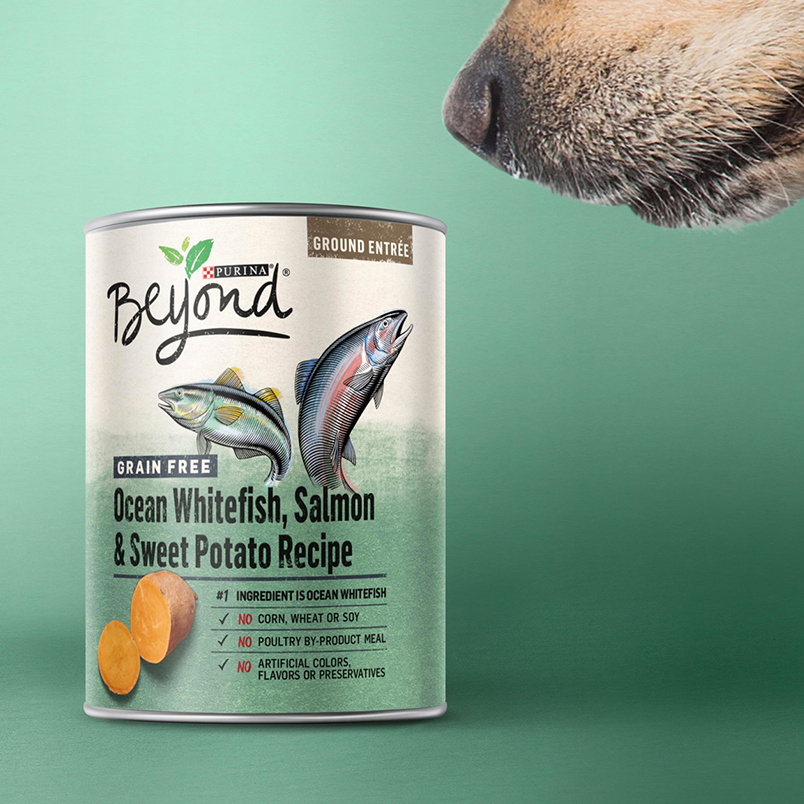
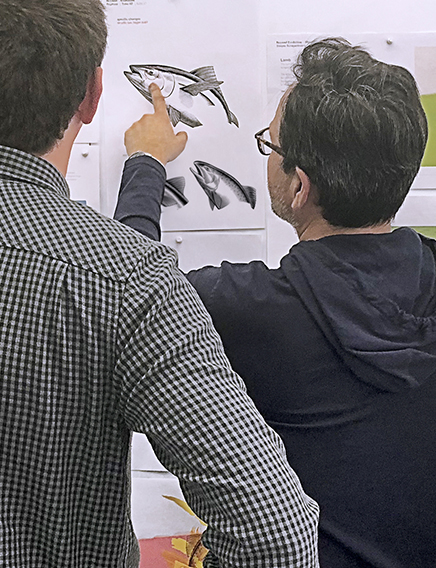
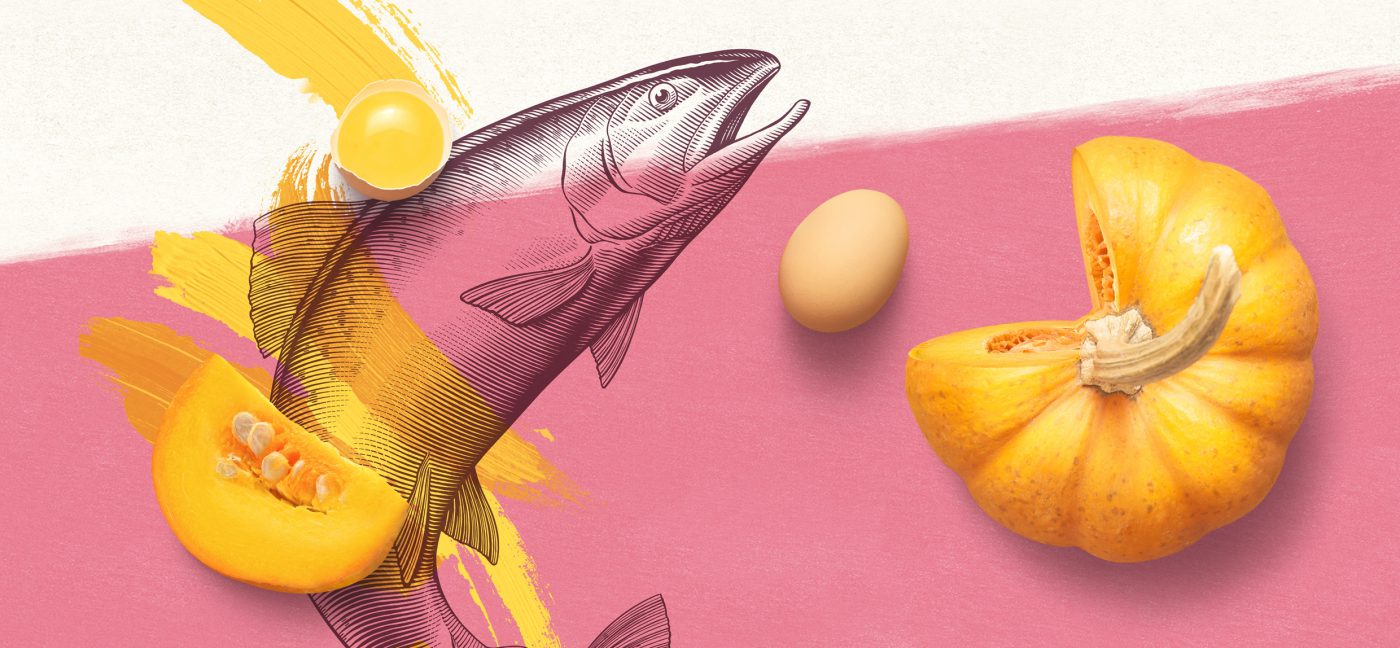
Purina Beyond is a key player in natural pet food with ingredients that are crafted with care.

